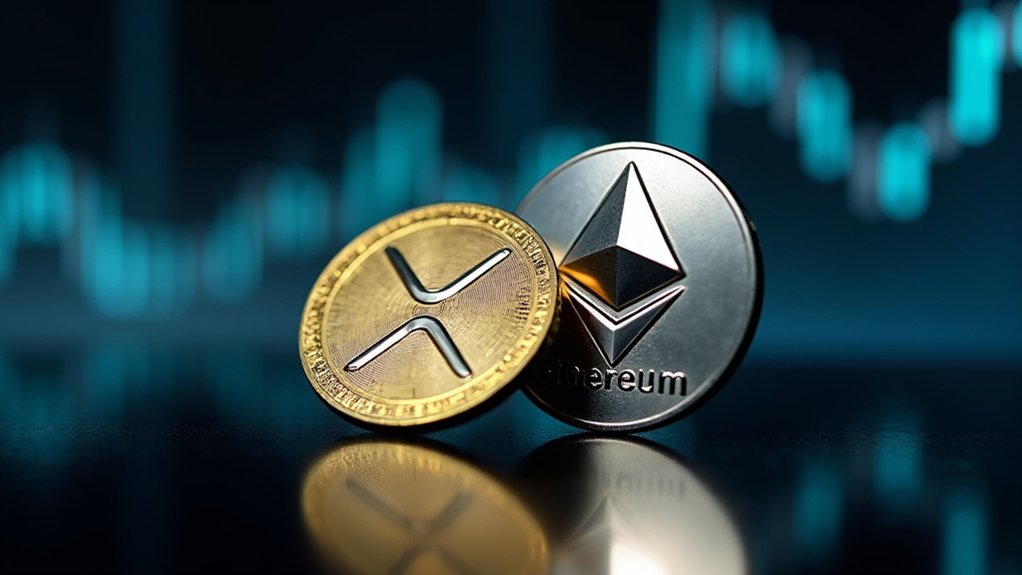Although Ethereum has traditionally dominated Coinbase’s consumer transaction revenue, the second quarter of 2025 witnessed a notable shift in market dynamics as XRP surpassed Ethereum by accounting for 13% of such revenue compared to Ethereum’s 12%, a development underscored by XRP’s enhanced revenue-generating capacity despite its relatively lower trading volume and indicative of evolving investor confidence, regulatory clarity, and growing futures market activity that collectively contributed to XRP’s elevated transactional prominence within the exchange’s broader asset ecosystem. This realignment in revenue composition within Coinbase’s consumer segment reflects a complex interplay between market dynamics and regulatory impacts, where increased legal certainty surrounding XRP has ostensibly reduced perceived risks, thereby catalyzing heightened trading interest and deeper liquidity pools. Concurrently, the expansion of XRP futures markets has facilitated diversified trading strategies, amplifying transactional volumes and fee accruals despite an overall contraction in Coinbase’s total trading volume, which declined by 40% to $237 billion in the quarter. Notably, XRP contributed 16% of Coinbase’s total transaction revenue in the first half of 2025, surpassing Ethereum’s 15% and marking a significant revenue milestone. This shift also highlights the growing importance of smart contracts in facilitating sophisticated trading mechanisms that support XRP’s market activity.
The regulatory environment surrounding XRP, marked by enhanced clarity and resolution of prior ambiguities, appears instrumental in bolstering investor confidence, which, in turn, has materially influenced Coinbase’s revenue structure by elevating XRP’s relative contribution above that of Ethereum, whose market capitalization remains larger but whose revenue share plateaued at 12%. This phenomenon suggests that regulatory impacts extend beyond mere compliance considerations, actively shaping asset attractiveness and trading behavior within the exchange’s ecosystem. Moreover, XRP’s augmented revenue generation per unit of trading volume, potentially attributable to fee structures and market volatility, contrasts with Ethereum’s broader DeFi-associated activity, which, while substantial, has not translated into commensurate revenue gains in the same period.
Additionally, Coinbase’s strategic positioning of XRP, coupled with the growing adoption of XRP-related derivatives, underscores a maturation of market infrastructure that supports sustained engagement from both institutional and retail participants. This maturation, manifest in the surging futures market activity, not only enhances liquidity but also diversifies revenue streams, thereby mitigating adverse effects stemming from the overall decline in transaction revenues—which fell 39% to $764 million quarter-over-quarter. Collectively, these factors illustrate a nuanced evolution in Coinbase’s revenue composition, evidencing how regulatory clarity and sophisticated market mechanisms can pivot the competitive landscape among leading digital assets.









